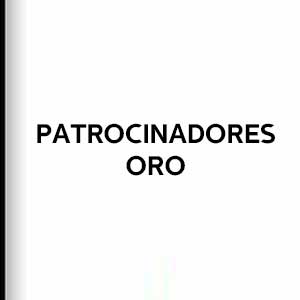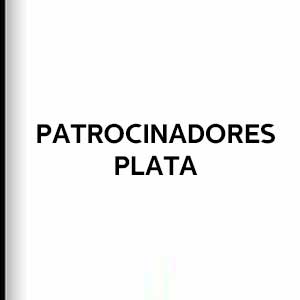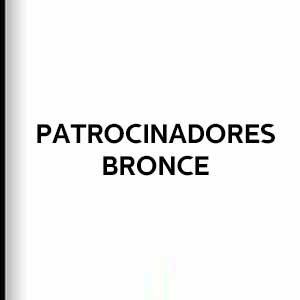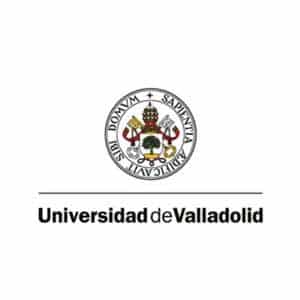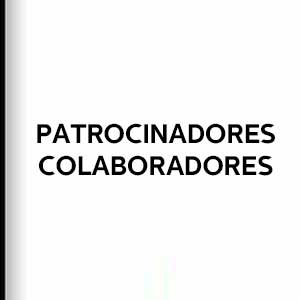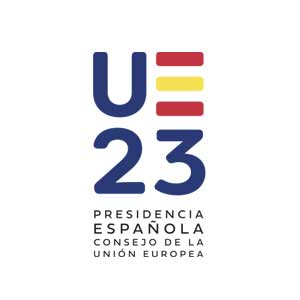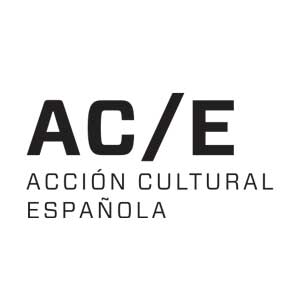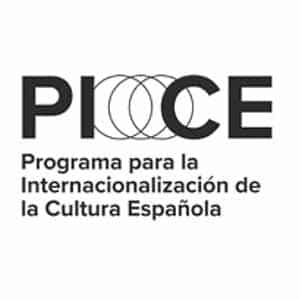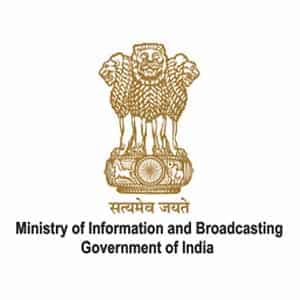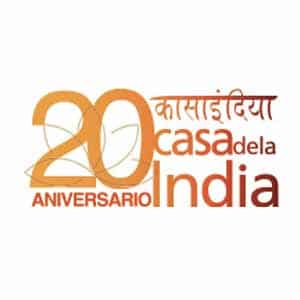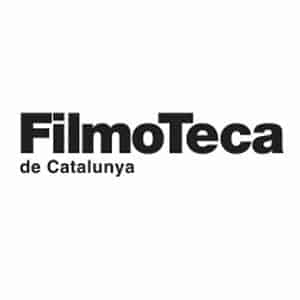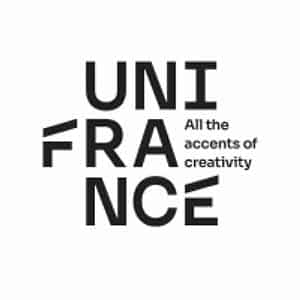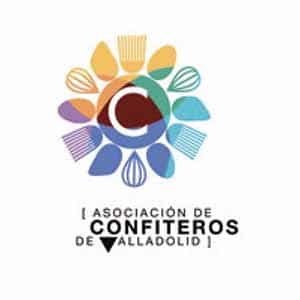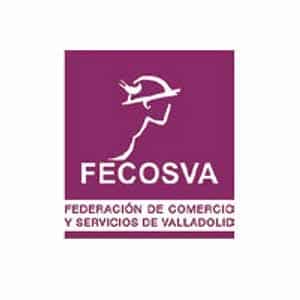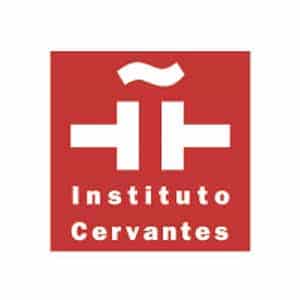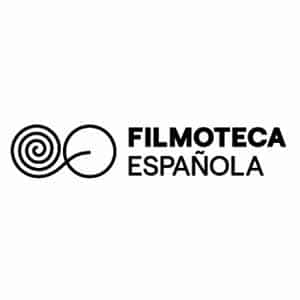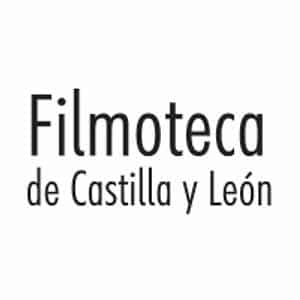The audience packed the Miguel Delibes hall on Tuesday 25 October to listen to León Siminiani, Marta Nieto and Pablo García Canga, the three filmmakers who took part in the meeting of “Spanish Short Filmmakers” organised by the 67th Seminci.
“Today is Spain Day at the Seminci, and we wanted to bring together the three directors of the short films presented in the Official Selection”, explained the presenter, Sandra Bensadón, before giving way to León Siminiani (director of “Arquitectura emocional 1959“), Marta Nieto (director of “Son“, which is also up for the Espiga Arcoiris) and Pablo García Canga (director of “Por la pista vacía“). Three very different filmmakers, but with a common passion: to explore how something can be told with a camera, and to do so in the best possible way, with many or few means.
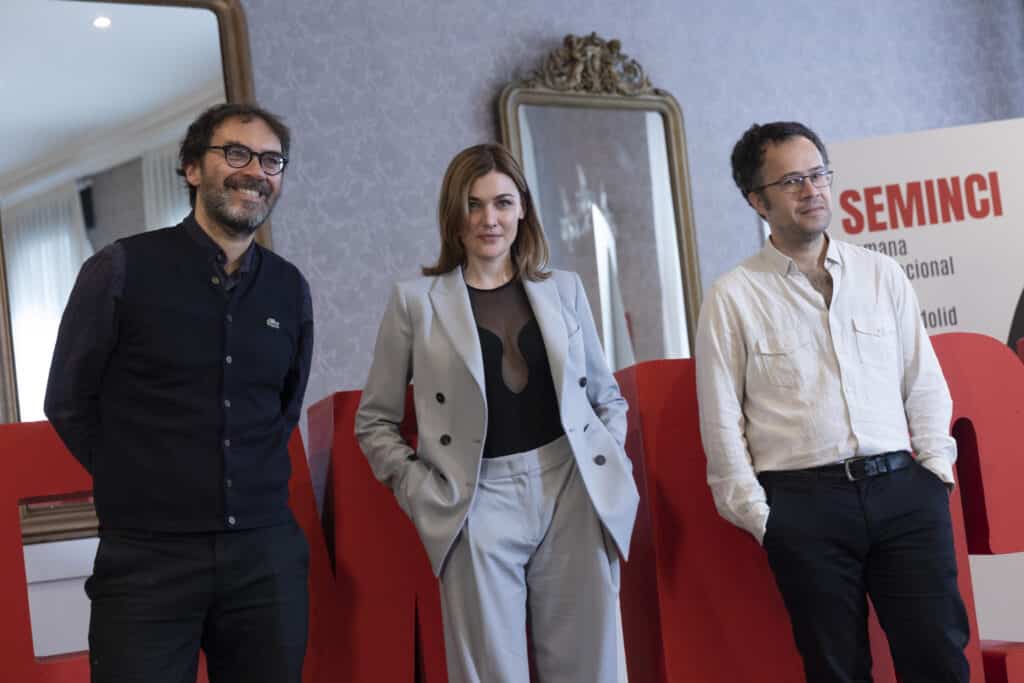
León Siminiani said that, although he has made feature films and series, he has always been “the eternal short filmmaker”, because he has made so many short films. “In the last fifteen years I have dedicated myself to making two feature films, both very long – thanks to the patience of María Zamora, who is there in the audience -, and lately I have made series, but at the same time I have tried to maintain my link with cinema and, for the moment, because feature films are very long processes, I decided to make short films. And I have made two, which are not so short, because they are around half an hour each”. One of them, “Arquitectura emocional 1959”, with which she is competing in the Official Selection, attempts to “combine film and architecture, which is something I have been pursuing for a long time because of my passion for architecture and urban planning”.
Marta Nieto makes her directorial debut with Son, a short film in which she tackles such a complicated and topical subject as trans-gender and sexual diversity, but right now she is fully involved in the project for a feature film. The short film was born out of this feature film project, because I developed a script with a grant from the Film Academy, and that’s when María Zamora came on the scene, we started to develop the feature film, and she invited me to try it out, she said to me: “start directing a short film, let’s see what happens”.
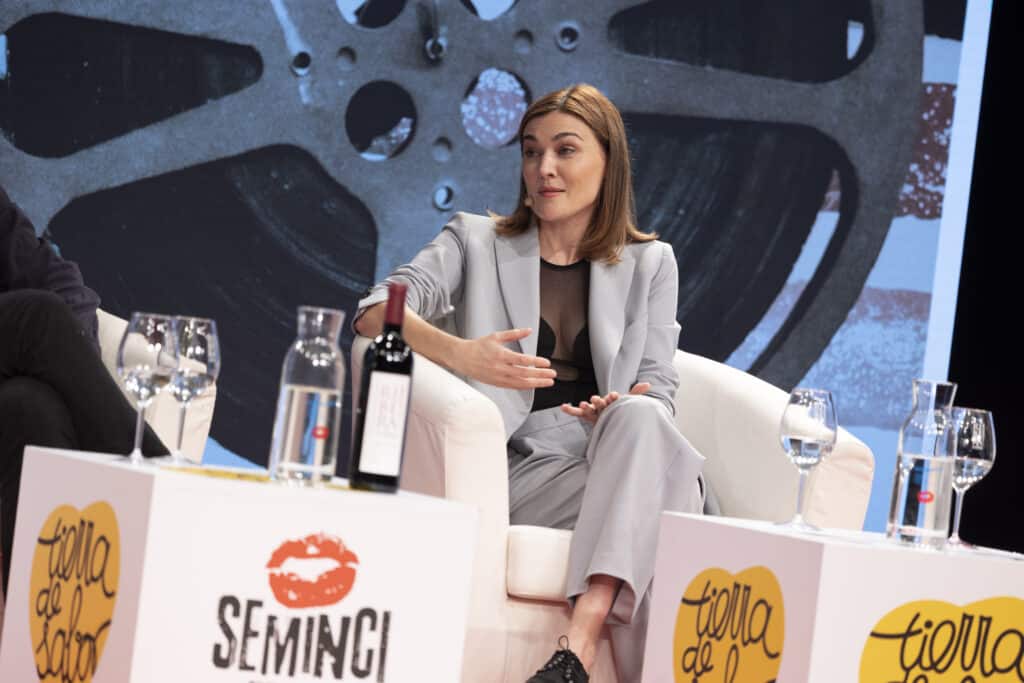
As he explained, his short film “tells a story that has nothing to do with the feature film, it’s a little story, although the characters are the same”. And the experience has been wonderful. “I’ve learned a lot, among other things how I want to approach the feature film. It has led me to deal with this issue that is now on everyone’s lips, because of the treatment of the trans law and trans children, from another place, which is the only certainty I have, and which has to do with tolerance and respect for the other, even if you don’t understand it; with giving a space for gender exploration to the issue of children and trans, and with a vocation to underpin self-love, if possible, through cinematographic language”.
In Por la pista vacía, Pablo García Canga tackles a very special story about the confusion of feelings, through a girl who tells her best friend everything through her mobile phone. This is how he tells it: “The initial idea was that of messages that are erased from one another, modifying the story; the idea that if we tell something about our life, in reality we are inventing it as we tell it… Because words are invented, we can give one version, and another completely different one, and there is no one version that is true and another that is a lie. I started to write and I wasn’t sure what I was going to do. When I sat down I didn’t know what the story was about, I just had that structure and then I got carried away. In this case, it’s like all those things that we don’t tell each other, conversations that we imagine we can have with people, and that we don’t have. Suddenly, thanks to new technologies, audio and whatsapp… you can realistically do what in a novel could be a thousand interior monologues of: I’m going to talk to this person, and I’m going to say this… but you don’t actually say that”.
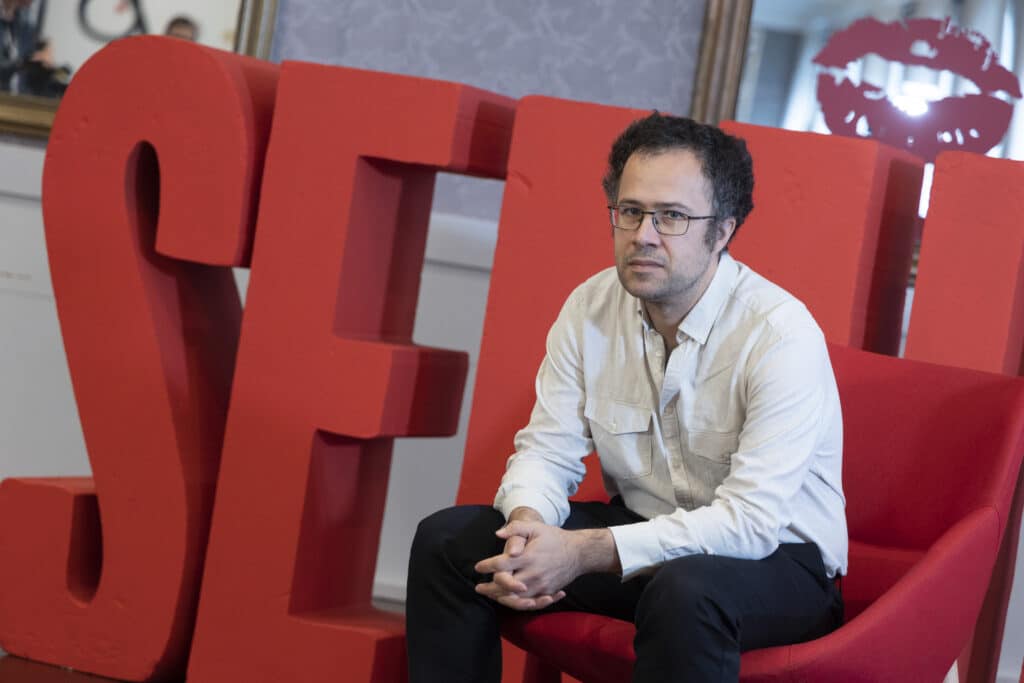
Generous actresses
Both Pablo García Canga and Marta Nieto have been able to work with “actresses with Goya” (Bruna Cusí and Patricia López Arnaiz) in their short films.
“In my case it was easy,” said Marta Nieto. “I understand that when stories move you, there is something that hooks you, an intuition or an impulse. Patricia had just won the Goya, and the odds were very high that her schedule would be full. But she really liked the project, she was very generous, we spent a lot of time rehearsing, in fact, when she lives outside Madrid. And well, I’d like to think that it happens to me too; when you see a project that attracts you, it doesn’t matter if it’s short or long, or if there’s a lot or little money involved. The stories that vibrate you… vibrate you”.
Something like this also happened to Pablo García Canga with Bruna Cusí: “The same thing, we sent her the script and she liked the story. But I also think that in this film there is a lot of work for her, it’s a challenge what she has to do. In fact, I trusted her a lot, it’s one of the times I’ve directed the least. She has an incredible musicality.
Three love stories in different layers
One of the questions raised by the audience was about the fact that the three shorts are three love stories, one between mother-son, another between cinema and technology and the third between cinema and architecture.
“In my case there is a double love story, one between the director and architecture and the other between the protagonist couple,” Siminiani said. “I wanted to bring to the forefront a concept that usually goes deeper. We are used to the space being the continent of the stories. And what I asked myself is: what would happen if I tried to make a film in which space is the content and not the container. And to do this, as I know it’s a bit strange, I decided to start with a story that was very codified, an inter-class love story, set in a very specific time that allows the spectator to imagine it quickly, with three brushstrokes, and to complete it. I thought that this love story could help me to tell this other love story of mine for space, in this case the space of Madrid”.
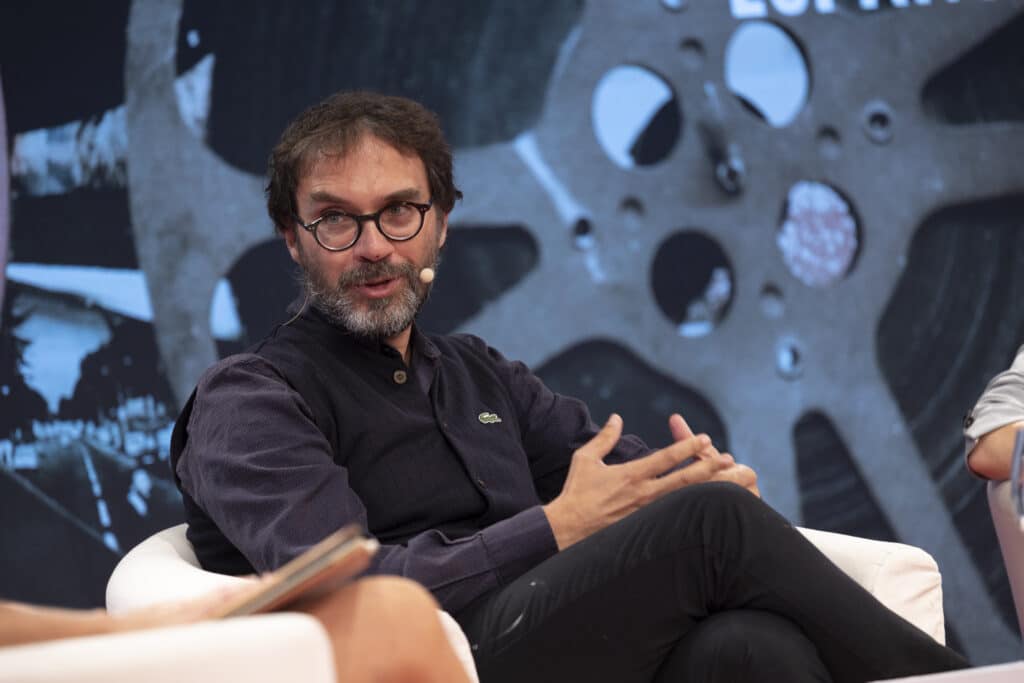
In the case of Marta Nieto, the filmmaker emphasised that “love is there, it is a fact. Love is that force that makes you understand things you didn’t understand, do things you didn’t want to do… And this mother in my short film, who resists so much at first, it is because of the love she has for her son that she is able to dare to look at him, to dare to ask… and to modify herself. I do believe that there is a context of love as a drive, to make us better and to invite us to learn to gain that space of tolerance and respect, and to look at the other even if you don’t understand them, with love”.
Pablo García Canga stressed that the story told in his film “is on the border between friendship and love”. “It’s one of those stories in which you don’t know exactly what happened, so you can tell several versions, one that is a story of love and another of friendship. I’m very interested in all those kinds of relationships where it’s not at all clear what’s going on, or what happened”.
The Seminci, a window to the world
For the three filmmakers, participating in this 67th Seminci, and in the Official Selection, means above all having a window open to the world.
“Seminci is one of the main windows that a short film can have in Spain, that’s clear, isn’t it”, said Siminiani. “Getting a window like this is important, and it’s very good for the life of a short film because, in a way, other people working in other festivals, in Spain and abroad, are going to notice it. All of us who make short films, and also auteur feature films, what we seek is to have the best possible window, particularly in spaces where it is already known from the outset that it is not a commercial format or genre. If the festival circuit didn’t exist, it would be very difficult to make short films”.
“Yes, and Seminci is also international, which gives it even greater visibility. It means being in a very enriching ecosystem, as a creator too. It’s something that feeds back, a positive synergy, and I feel very lucky”, added Marta Nieto.
García Canga has expressed the same sentiment: “I feel the same way. In my case, moreover, it is a film made in quite precarious conditions. It is the typical film that we didn’t think about what we were going to do with it afterwards, but we made it for the pleasure of making it. To get here is a gift, and then to have visibility for it”.
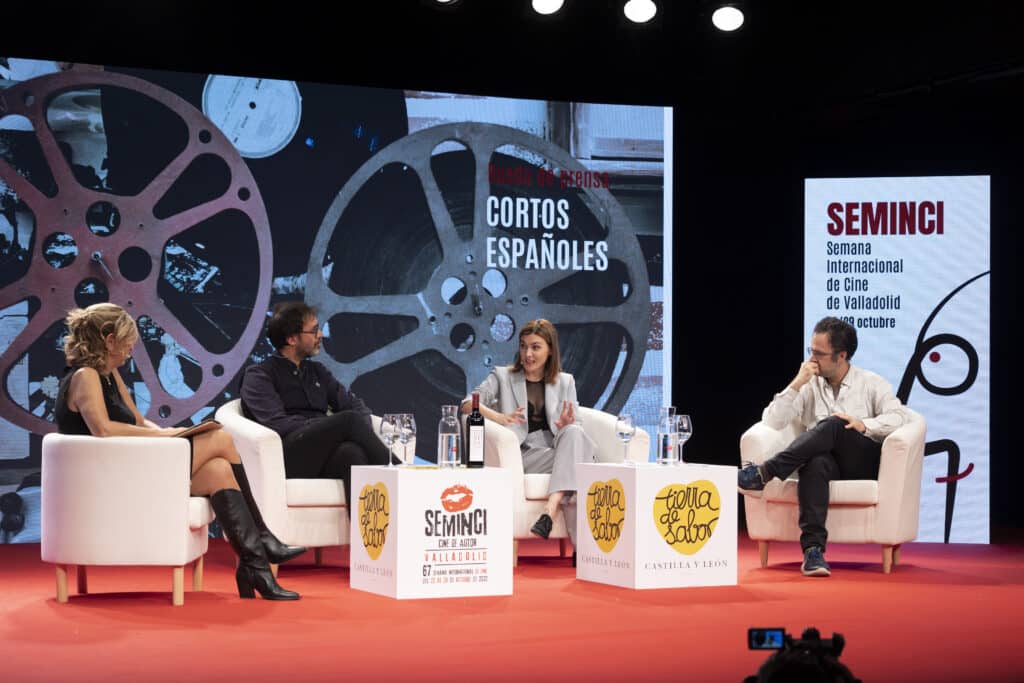
Diversity as part of life
Marta Nieto’s short film is the only one of the three competing for an ArcoIris Spike. Would you like to win it? “Of course I would… Of course… Very much so!”, said the filmmaker with a laugh. “It’s wonderful that there are spaces for certain themes that need visibility for normalisation. And it is clear that diversity is part of life and that it is gaining more and more space, and the stories are also richer. When we open the horizon and the spectrum to different things, we learn different things, doing them and seeing them… So it makes a lot of sense.
In response to questions from the audience, Marta Nieto also revealed some details about her next feature film, entitled La mitad de Ana (Ana’s Half). “They are the characters from the short film, but it’s a different story. I’m already writing it with Beatriz Herzog, and it has been enriched a lot. It deals with the theme of a mother who, when her daughter tells her that she is a boy and not a girl, looks for tools to manage that. It is always the mother’s point of view that is modified, and always creating a space of freedom, of gender exploration, and of love”. And she adds: “It’s a very luminous film, where we approach this controversial subject that raises so many blisters and so many fears… something that is illogical and that we don’t understand. And we are not going to give any answers, because we don’t have any, nor is that the issue, but to use this valuable tool that is cinema to approach and raise new questions, and to demand respect and tolerance as part of the democratic society in which we live. We have been documenting for four years and it is a very complex subject. But there is something important that has to do with respect and with approaching an issue that is there”.
